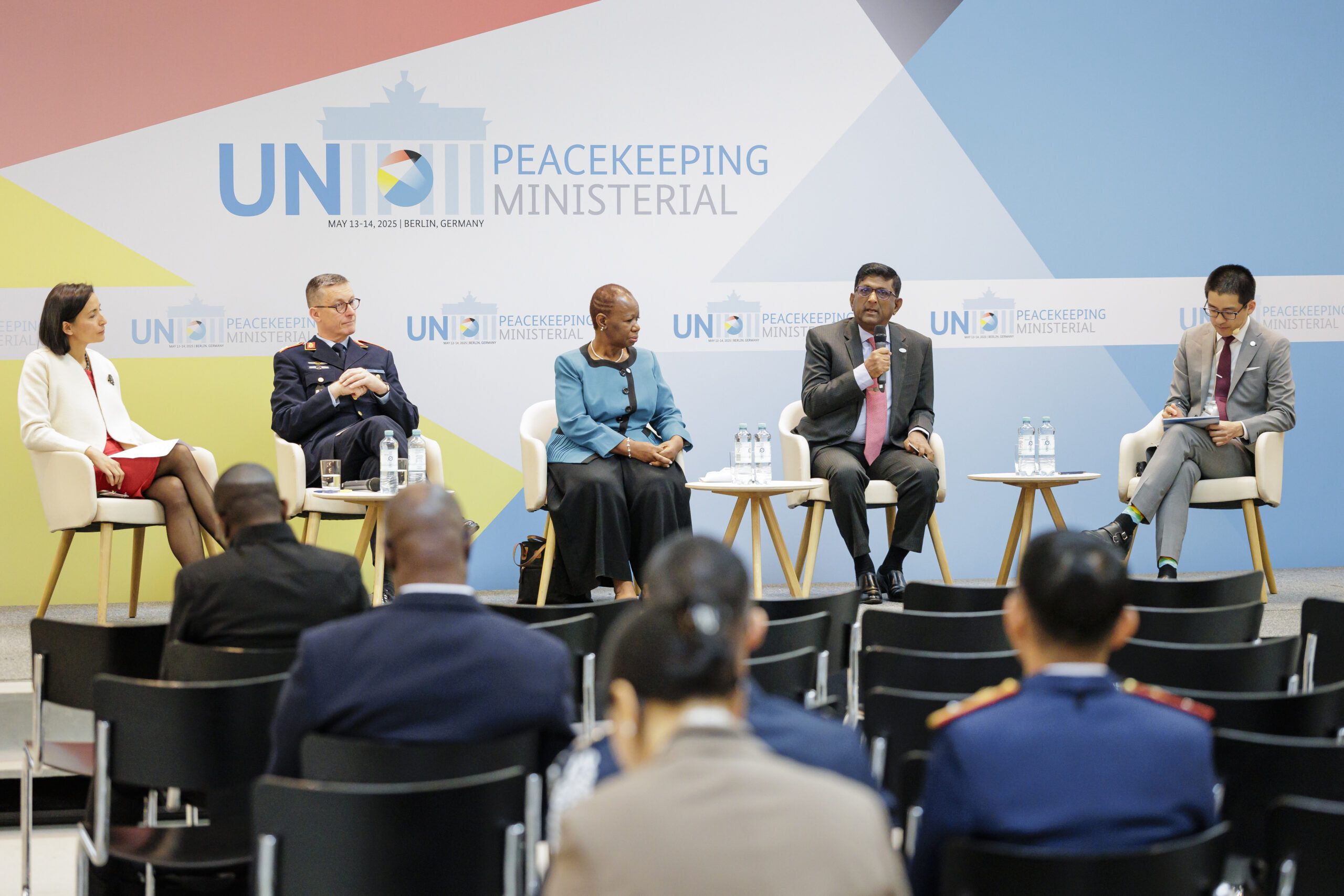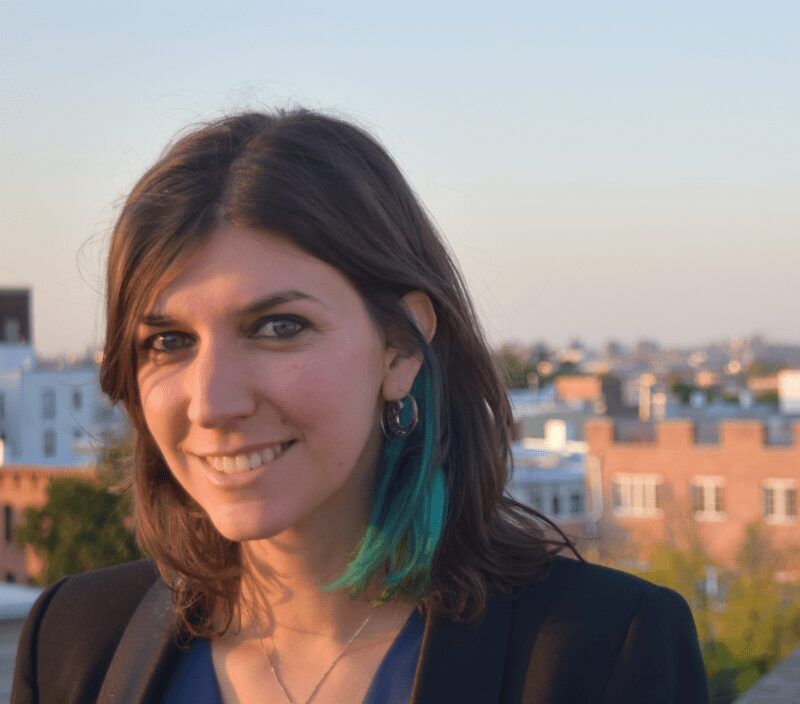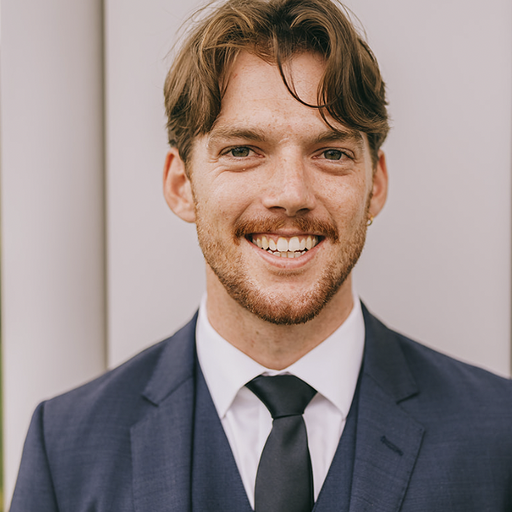
Reflections on the 2025 Peacekeeping Ministerial


Global Peace Operations Review
Each week, In Theory takes on a big idea in the news and explores it from a range of perspectives. This week we’re talking about the Responsibility to Protect doctrine. Need a primer? Catch up here.
Twenty-two years ago this spring, more than a million men, women and children in Rwanda waited in vain for international protection to save them from death at the hands of government security forces and government-inspired militia.
Years later, the Responsibility to Protect doctrine — known widely as R2P — was approved by the United Nations in the spirit that “never again” should the world stand by and watch such carnage reoccur. Yet in the past 10 years, deaths from worldwide conflict have tripled.
An estimated 470,000 Syrians have been killed during nearly five years of that country’s civil war, and the cities of Aleppo and Madaya are in danger of becoming this century’s Guernica, the Spanish civil war massacre commemorated by Pablo Picasso and universally known as a symbol of civilian suffering in war (parallels to the 1930s abound these days — the Munich agreement last week may yet deliver the promised cease-fire, but the historical references are not promising). Even in Rwanda’s tiny neighbor Burundi, far from the center of geopolitical struggles, the international community has failed to protect more than 200,000 people who have been forcibly displaced from their homes in the past year.
R2P as a concept was groundbreaking. It brought about a now widely accepted shift in the understanding of state sovereignty; emphasized the role of the international community in helping states to fulfill this responsibility; and sought to build a more consistent and coordinated response to crises.
So why have crises proliferated? Why is it still possible to carry out mass atrocities with impunity?
R2P is a legacy of post-Cold War idealism on peace dividends, an idea introduced at exactly the time that new great power tensions were rising: Major powers (both on and off the security council) have not been prepared to abandon their allies on human rights grounds, and fast-growing developing countries have never bought into the potential infringement on sovereignty that R2P implies.
NATO’s 2011 intervention in Libya under the R2P banner has widely been interpreted as cover for Western-driven aspirations of regime change, successfully executed. The fact that Libya has subsequently descended into an ever greater spiral of civil war has not helped make the case.
And at a practical level, the “last resort” military intervention allowed under the principle is not always simple. It is doubtful that any military in the world would be able to restore order and protection of human rights in Syria in the absence of a political solution, even before the Russian intervention on the side of the Assad government. U.N. peacekeeping forces certainly do not have the capabilities, even if they were authorized to do so.
What can be done to prevent mass atrocities?
First, we should be “uncompromising” in the pursuit of the protection of civilians, as the U.N. secretary general states in a recent report. This means focusing efforts in peace talks, such as those in Geneva on Syria, on both short term efforts to stop the bombing and get humanitarian access and longer-term justice for victims and protection from retribution after the fighting stops. For international organizations, it means improving early warning capabilities and speaking out whenever civilians are threatened despite pressure from governments not to do so, a role Alex Bellamy notes that the U.N. has not always fulfilled.
Second, we should take an institution-building approach to protection. R2P emphasizes that a state bears the primary responsibility to protect its population from genocide, war crimes, crimes against humanity and ethnic cleansing. Greater attention needs to be given to strengthening the institutions that can help guarantee these protections: a social compact between state and citizens that includes minority groups; a strong and independent judiciary; professional and accountable army, security forces and police; a free press and vibrant civil society organizations. Of official development aid, for example, only 2 percent is invested in access to justice and strengthening justice institutions.
Third, greater pressure is needed on the Security Council to act where the risks to civilians are high. A “cost of inaction” analysis could have increased the pressure on the council to act on Syria three years ago — the cost of their inaction now counts hundreds of thousands of lives and billions of dollars. The council should also refrain from using the veto in cases of mass atrocities, and it should make greater use of the non-military tools covered under R2P, in particular those to stem the financing of conflict.
Fourth, it would be wise to give serious consideration to adopting the concept of “Responsibility While Protecting,” raised in the U.N. General Assembly and Security Council by Brazil in 2011. This would emphasize that military action is a last resort to be used only following agreed guidelines and ensure that force used is proportionate to the gravity of the situation. It would also establish extra monitoring, review and accountability mechanisms for delegated Security Council mandates.
Finally, we should build a bottom-up campaign for peace and justice. Advocating for the responsibility to protect is not just the business of international lawyers and diplomats — it is the business of citizens who want to see their governments do the right thing at home and abroad. Launching a global campaign “to prevent the erosion of international humanitarian and human rights law” is crucial to create pressure on states, whether to protect civilians during warfare or to ensure safe passage and asylum for refugees.
This article was originally published by The Washington Post





Subscribe to our newsletter and receive regular updates on our latest events, analysis, and resources.
"*" indicates required fields